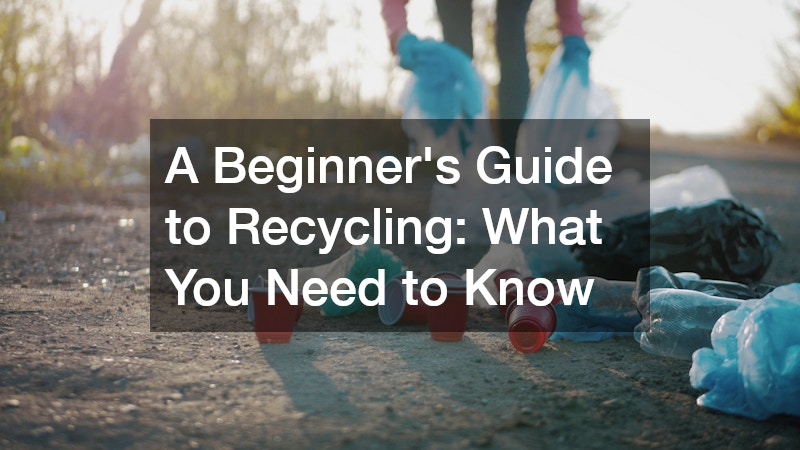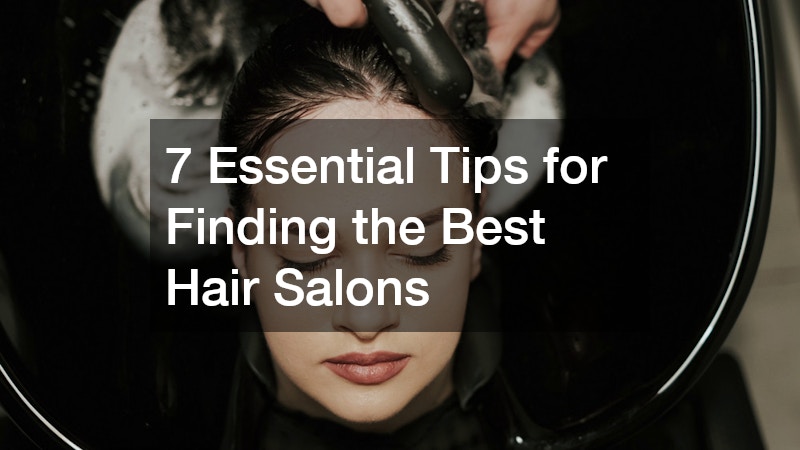How Cosmetic Treatments Have Changed Over the Past Decade
Over the past ten years, the world of cosmetic enhancements has evolved dramatically. Driven by advances in technology, shifting cultural norms and growing accessibility, more Australians are seeking ways to improve their appearance without invasive surgery. What was once seen as exclusive or taboo has become part of many people’s normal self-care routine.
The influence of social media, along with the increased visibility of aesthetic procedures, has helped remove stigma and encouraged more open conversations about cosmetic goals. At the same time, education and safety standards have improved, giving clients greater confidence when exploring treatment options.
From subtle anti-ageing solutions to preventive skin care, the industry now caters to a wider range of needs and lifestyles.
Here we will explore how cosmetic treatments have changed, what trends have emerged and what clients value most today.
From Surgery to Subtle Enhancements
Ten years ago, surgical procedures like facelifts and nose reshaping were the standard for those seeking lasting changes. While those options still exist, the demand for non-surgical alternatives has increased. People now opt for procedures such as anti-wrinkle injections, dermal fillers or laser skin treatments that offer subtle improvements with minimal downtime.
This move towards subtlety reflects changing beauty ideals. Rather than dramatic transformations, clients now prefer natural-looking enhancements. These so-called “tweakments” — small, targeted procedures — help preserve the individual’s features while offering a refreshed appearance. Results are often gradual and designed to enhance, not alter.
Technology & Technique Advancements
Technology has reshaped the cosmetic landscape. Devices such as fractional lasers, ultrasound and radiofrequency tools allow practitioners to tighten skin, improve tone and boost collagen with precision. These innovations are safer, less invasive and more effective than older technologies.
Injectables have improved in both safety and performance. Products are now formulated to mimic the body’s natural structure and are selected based on the treatment area. For example, denser fillers are used for cheek volume while lighter formulations suit delicate areas like under the eyes.
Practitioner training has also become a priority. Many Australian clinics now invest in ongoing education to stay current with new methods. This focus on skill development has led to better results and greater confidence among clients.
Social Media & Changing Attitudes
Social media has had a major influence on how people view cosmetic procedures. Platforms such as Instagram and TikTok have made it easier for users to share their experiences openly. This has helped reduce the stigma once associated with aesthetic work.
While this increased visibility has created positive conversations, it has also introduced new challenges. Filters and edited images often promote unrealistic expectations. In response, responsible clinics are taking a more ethical approach, focusing on transparency and promoting outcomes that support self-confidence rather than chasing perfection.
Today’s clients are highly informed. Many conduct research before booking a consultation, review clinic credentials and ask questions about risks and outcomes. This shift towards consumer awareness has raised industry standards and improved patient care.
Accessibility & Broader Client Base
Access to cosmetic services has improved across Australia. Clinics are no longer confined to major cities, and pricing has become more competitive. With the introduction of interest-free payment plans and low-cost entry treatments, a broader demographic is engaging with the industry.
Men now make up a growing portion of the cosmetic market. They often seek treatments that offer refreshed but subtle results, such as anti-ageing injectables or jawline definition. Meanwhile, younger clients in their twenties are using non-surgical treatments as a form of preventative care, focusing on hydration, skin texture and long-term maintenance.
Clients aged 40 and over continue to pursue options that restore volume, improve elasticity or soften lines. This broad age range reflects how personal and diverse the reasons behind cosmetic choices have become.
Environmental & Ethical Shifts
Clients are increasingly aware of environmental and ethical considerations. As a result, many clinics have adopted more sustainable practices, such as using cruelty-free or vegan products and reducing single-use materials. This aligns with broader consumer values and shows how the industry is adapting to social expectations.
There is also more discussion around the need for regulation. Calls for clear standards and improved oversight aim to ensure that clients receive safe, consistent treatment from qualified professionals. These changes are being supported by professional associations and health bodies across the country.
The past decade has marked a turning point for cosmetic treatments. What was once a niche and often misunderstood sector is now a trusted part of the wellness and beauty landscape. With better technology, greater access and a focus on ethical care, clients today have more choices and better outcomes than ever before.
Rather than striving for perfection, people are seeking enhancements that help them feel more confident and comfortable in their own skin. Cosmetic treatments now represent not just appearance, but empowerment, self-expression and wellbeing — a shift that reflects broader changes in how we define beauty and self-care.
.





Post Comment